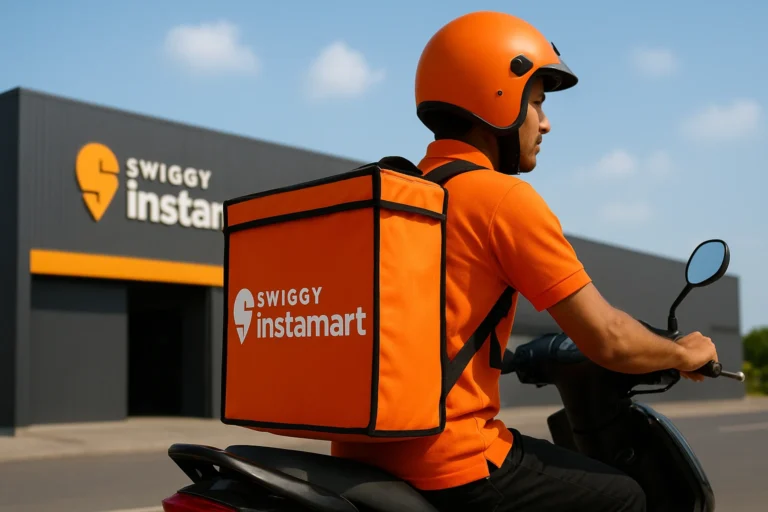Key Highlights
- Anytime Fitness franchise is now present in 5,000+ locations worldwide.
- India, Southeast Asia, and the Middle East are its fastest-growing markets.
- The franchise is shifting toward AI-powered fitness tracking and hybrid gym models.
- Case study insights from successful franchisees and operational challenges.
The Rise of Anytime Fitness Franchise: A Global Snapshot
Anytime Fitness has become a dominant name in the fitness franchise industry, operating in nearly 40 countries. The brand’s appeal lies in its 24/7 gym access, low staffing model, and technology-driven approach.
In 2025, the fitness market is seeing a post-pandemic rebound, with consumers prioritizing health and wellness like never before. Anytime Fitness has leveraged this momentum by:
- Expanding aggressively in tier-2 and tier-3 cities.
- Introducing smaller-format gyms for cost efficiency.
- Focusing on community-driven fitness programs.
Case Study: Anytime Fitness in India
India has emerged as one of the top markets for Anytime Fitness.
- Investment: ₹1.25–2 crore initial investment depending on location.
- Franchise Fee: Around ₹30–40 lakh.
- Payback Period: 2.5 to 3.5 years.
A Delhi-based franchisee reported breaking even within 28 months, largely due to corporate tie-ups and digital fitness add-ons.
Meanwhile, a Mumbai outlet faced challenges with high rentals and stiff competition from local gyms.
Insight: Location selection remains the single biggest success factor for franchisees.
New Trends Reshaping the Anytime Fitness Model
Unlike traditional gyms, Anytime Fitness is pivoting towards hybrid fitness ecosystems:
- AI-driven personal training apps that track member workouts.
- Virtual fitness classes integrated with the gym experience.
- Corporate wellness partnerships driving bulk memberships.
- Micro-gyms designed for malls, airports, and residential complexes.
This hybrid strategy is designed to make Anytime Fitness future-proof, particularly as digital fitness startups (like Cult.Fit and Fittr) intensify competition.
Deep Dive: Franchise Funnel Analysis
For potential investors, here’s how the franchise funnel typically plays out:
- Lead Generation – Investor inquiries via official site or brokers.
- Qualification – Screening based on financial capability (minimum net worth ₹3–4 crore suggested).
- Site Approval – Franchisee proposes location; franchisor conducts viability study.
- Agreement & Training – Initial 6–8 weeks of franchise training.
- Launch & Scaling – Pre-launch marketing followed by operational rollout.
Conversion Rate: Out of 100 investor inquiries, only about 12–15% move to final franchise agreement.
Challenges Ahead
Even with strong brand equity, Anytime Fitness faces key challenges:
- High attrition rates in urban gyms (members switch quickly).
- Increased competition from home fitness apps and boutique studios.
- Rising real estate costs, especially in metro cities.
- Adapting to local fitness trends while keeping global brand consistency.
The Road Ahead in 2025
Anytime Fitness is betting on:
- AI-powered workout analytics for personalization.
- Franchise support upgrades, including centralized marketing tools.
- Expanding into non-traditional spaces like gated communities and colleges.
With these strategies, the brand is positioning itself as more than just a gym franchise—but rather a fitness technology ecosystem.
Conclusion
The Anytime Fitness franchise continues to be an attractive option for investors seeking to enter the fitness industry. However, profitability hinges on smart location choices, digital integration, and community engagement.
As the health and wellness sector grows globally, Anytime Fitness stands out as a franchise model blending scalability, flexibility, and technology-driven innovation.





